If a massive blackout occurs during a severely cold winter in Hokkaido, many people’s lives will be in danger.
The government and Hokkaido Electric Power Co. must avert a potential electricity crisis by using every option at their disposal to ensure there is enough power to meet demand in cooperation with local communities.
The nation’s electric utilities have forecast their power supply capacity will exceed demand this winter. This is probably because they made efforts to increase supply from thermal power plants and other sources, and also power saving has taken hold in this country.
However, it is premature to assume that leaving nuclear reactors idled will be no problem because there will be enough electricity without them.
The reality is that all thermal power plants available, including aging ones, are being used to make up for an electricity shortage.
Hokkaido Electric has been plagued by an increasing number of malfunctions at thermal power plants that have been pushed to the limit since reactors at the Tomari nuclear power plant were suspended. An output loss of about 600,000 kilowatts often occurs.
However, Hokkaido Electric’s supply capacity is expected to be only about 300,000 kilowatts more than peak demand in winter. The supply-demand situation is on a knife-edge.
Risks such as frozen pipes are higher in winter. In February, Kyushu Electric Power Co.’s thermal power plant stopped operating after pipes froze, but it overcame a power crunch by obtaining electricity from other utilities as an emergency step.
Only a small volume of electricity can be transmitted between Honshu and Hokkaido. There is no way Hokkaido could receive a large volume of electricity like Kyushu did. If several electricity generation problems occur simultaneously, Hokkaido will be in danger of a blackout.
During a power outage, not only air conditioners but also kerosene and gas fan heaters will stop. In some parts of Hokkaido, the temperature falls below minus 30 C. It cannot be denied that people could freeze to death due to a plunge in the indoor temperature after their heating devices stop.
Factory production and the tourism and dairy industries cannot carry on without a stable supply of electricity. The northern island also has some unique problems that will need to be solved in the winter months. Traffic will be paralyzed if snow on roads cannot be melted, and water supplies will be cut if measures to prevent pipes from freezing up do not function due to a lack of power.
To avoid this grave situation, it is necessary to set numerical targets for power saving and steadily achieve them.
Reactivating the reactors at the Tomari nuclear plant would put these fears to bed. However, the establishment of the Nuclear Regulation Authority was considerably delayed, and it is now impossible for even safety standards necessary to decide whether to restart idled reactors to be drawn up before winter sets in.
Consuming massive amounts of fuel at thermal power plants nationwide also brings other serious negative effects.
The nation’s trade deficit topped 3 trillion yen for the first time in the first half of fiscal 2012 because of a surge in imports of liquefied natural gas and other fuel. Unless reactors are steadily brought back online once their safety has been confirmed, the outflow of national wealth cannot be stopped.
However, the Cabinet of Prime Minister Yoshihiko Noda, which has allowed its nuclear plant and energy policy to stray off course, has shirked making important decisions on restarting idled reactors. Just how aware is he of the “sinfulness” of this avoidance?
(Asia News Network)
(The Yomiuri Shimbun)
The government and Hokkaido Electric Power Co. must avert a potential electricity crisis by using every option at their disposal to ensure there is enough power to meet demand in cooperation with local communities.
The nation’s electric utilities have forecast their power supply capacity will exceed demand this winter. This is probably because they made efforts to increase supply from thermal power plants and other sources, and also power saving has taken hold in this country.
However, it is premature to assume that leaving nuclear reactors idled will be no problem because there will be enough electricity without them.
The reality is that all thermal power plants available, including aging ones, are being used to make up for an electricity shortage.
Hokkaido Electric has been plagued by an increasing number of malfunctions at thermal power plants that have been pushed to the limit since reactors at the Tomari nuclear power plant were suspended. An output loss of about 600,000 kilowatts often occurs.
However, Hokkaido Electric’s supply capacity is expected to be only about 300,000 kilowatts more than peak demand in winter. The supply-demand situation is on a knife-edge.
Risks such as frozen pipes are higher in winter. In February, Kyushu Electric Power Co.’s thermal power plant stopped operating after pipes froze, but it overcame a power crunch by obtaining electricity from other utilities as an emergency step.
Only a small volume of electricity can be transmitted between Honshu and Hokkaido. There is no way Hokkaido could receive a large volume of electricity like Kyushu did. If several electricity generation problems occur simultaneously, Hokkaido will be in danger of a blackout.
During a power outage, not only air conditioners but also kerosene and gas fan heaters will stop. In some parts of Hokkaido, the temperature falls below minus 30 C. It cannot be denied that people could freeze to death due to a plunge in the indoor temperature after their heating devices stop.
Factory production and the tourism and dairy industries cannot carry on without a stable supply of electricity. The northern island also has some unique problems that will need to be solved in the winter months. Traffic will be paralyzed if snow on roads cannot be melted, and water supplies will be cut if measures to prevent pipes from freezing up do not function due to a lack of power.
To avoid this grave situation, it is necessary to set numerical targets for power saving and steadily achieve them.
Reactivating the reactors at the Tomari nuclear plant would put these fears to bed. However, the establishment of the Nuclear Regulation Authority was considerably delayed, and it is now impossible for even safety standards necessary to decide whether to restart idled reactors to be drawn up before winter sets in.
Consuming massive amounts of fuel at thermal power plants nationwide also brings other serious negative effects.
The nation’s trade deficit topped 3 trillion yen for the first time in the first half of fiscal 2012 because of a surge in imports of liquefied natural gas and other fuel. Unless reactors are steadily brought back online once their safety has been confirmed, the outflow of national wealth cannot be stopped.
However, the Cabinet of Prime Minister Yoshihiko Noda, which has allowed its nuclear plant and energy policy to stray off course, has shirked making important decisions on restarting idled reactors. Just how aware is he of the “sinfulness” of this avoidance?
(Asia News Network)
(The Yomiuri Shimbun)
-
Articles by Korea Herald





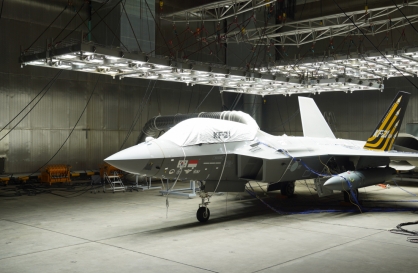
![[KH Explains] Can tech firms' AI alliances take on Nvidia?](http://res.heraldm.com/phpwas/restmb_idxmake.php?idx=644&simg=/content/image/2024/05/07/20240507050619_0.jpg&u=)
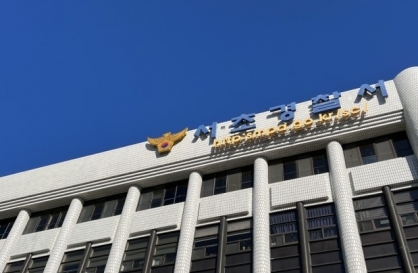

![[Grace Kao, Meera Choi] Has money displaced romance on dates?](http://res.heraldm.com/phpwas/restmb_idxmake.php?idx=644&simg=/content/image/2024/05/06/20240506050233_0.jpg&u=)
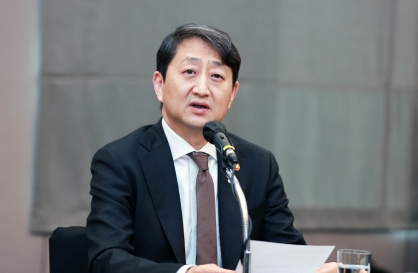
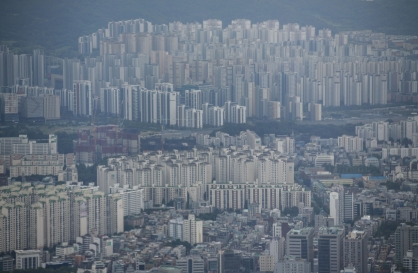



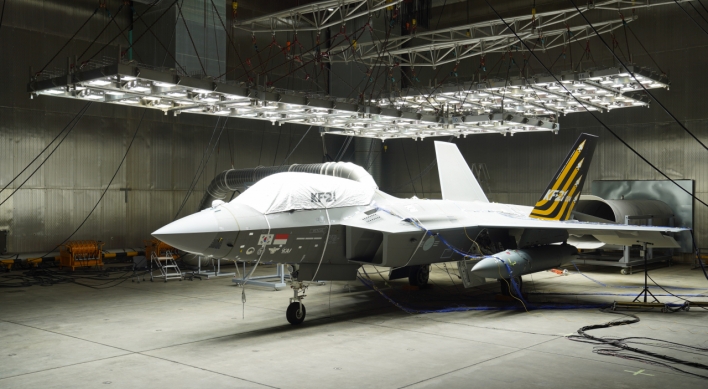
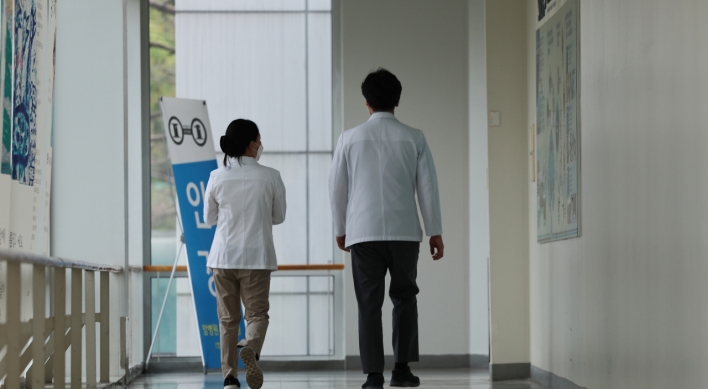
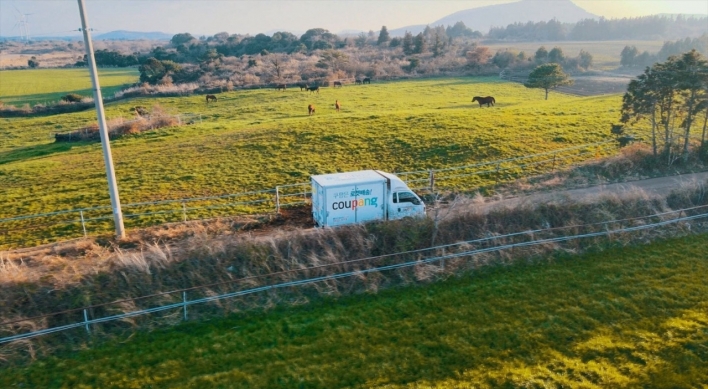
![[K-pop’s dilemma] Time, profit pressures work against originality](http://res.heraldm.com/phpwas/restmb_idxmake.php?idx=652&simg=/content/image/2024/05/08/20240508050705_0.jpg&u=20240508171126)
![[Today’s K-pop] NCT Dream to drop pre-release from 2nd Japan single](http://res.heraldm.com/phpwas/restmb_idxmake.php?idx=642&simg=/content/image/2024/05/08/20240508050725_0.jpg&u=)